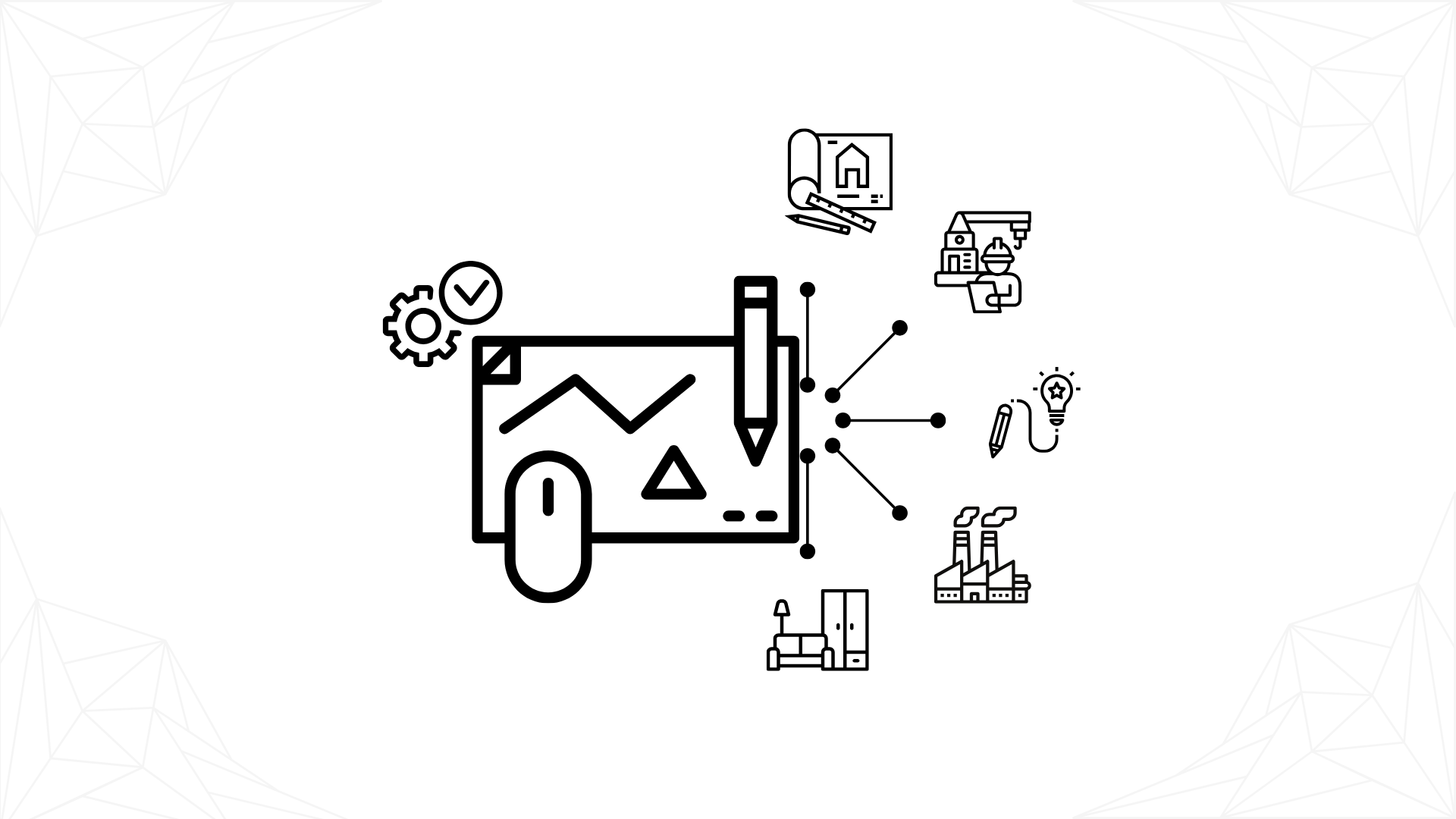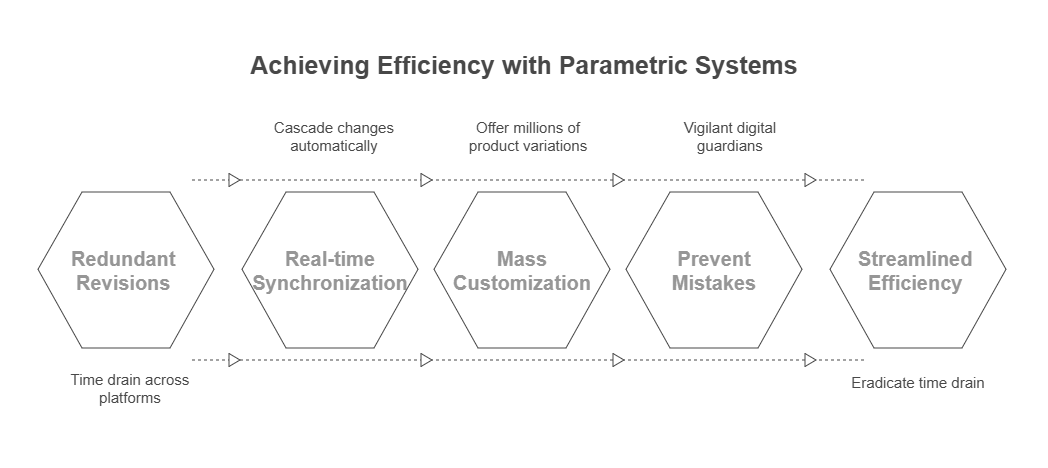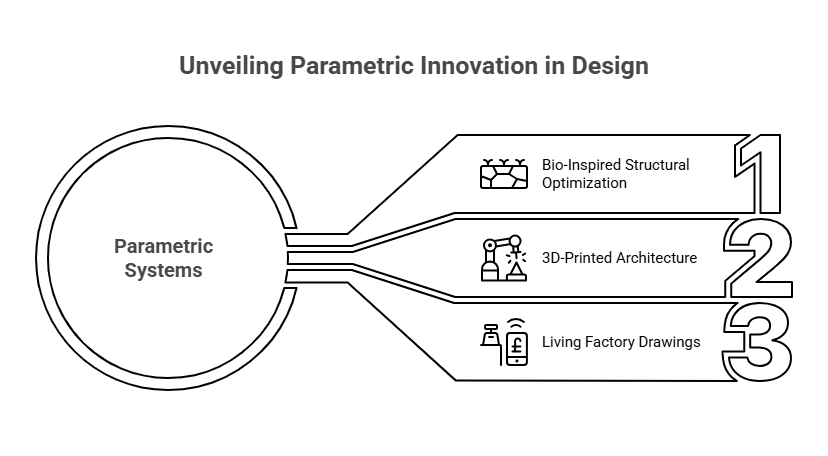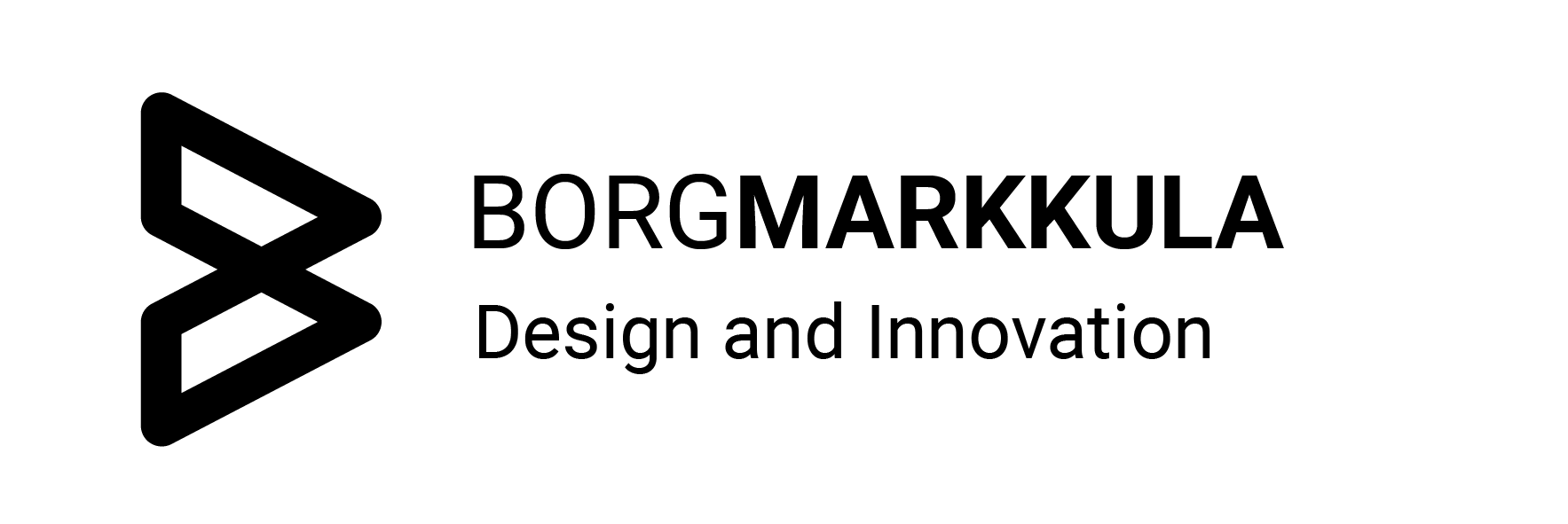
The Parametric Revolution: Why Your Design Process Will Never Be The Same
Tired of design changes collapsing your entire project? Imagine a world where every tweak automatically updates everything else, from blueprints to manufacturing instructions. That’s the power of parametric workflows, and they’re completely reshaping how designers, engineers, and architects bring ideas to life. Get ready to discover how algorithms are bringing unprecedented precision and creativity to your design process.
From Static Blueprints to Living Systems: A Paradigm Shift

Imagine a world where redundancy in revisions is a relic of the past. When a structural engineer tweaks a beam’s load capacity, parametric systems don’t just register the change; they automatically cascade it through analytical models, fabrication drawings, and even CNC machine instructions. This real-time synchronization isn’t a luxury; it’s a necessity that eliminates the estimated 40% of time typically spent coordinating revisions across various software platforms. This “death of redundant revisions” is a game-changer for project timelines and accuracy.
But what if you could offer millions of product variations without sacrificing efficiency? Parametric workflows make “mass customization” a profitable reality. Picture a furniture company offering 2 million product variations from a single parametric model, each with automatically generated shop drawings, material cut lists, and even sustainability reports. This turns niche markets into ventures of industrial scale without breaking a sweat on the production floor.
How do we combat it?
And let’s talk about mistakes. We all make them. But what if your design system could prevent them before they even happen? Parametric rules embedded in models act as vigilant digital guardians. They block impossible geometries in architectural designs, flag undersized structural members before analysis, and prevent tolerance mismatches in industrial components. One aerospace supplier, for instance, slashed part rejection rates by a staggering 35% thanks to these automated checks. This isn’t just about saving money; it’s about building with unparalleled confidence.
The Hidden Workflow Superpowers: Beyond Efficiency
Beyond the visible efficiency gains, parametric systems unlock subtler, yet equally powerful, competitive advantages:
- Material Intelligence: A chair’s parametric model doesn’t just define its shape; it calculates exact plywood grain orientations for optimal strength and documents CO₂ emissions per component. When material prices fluctuate, the system instantly recalculates alternative, sustainable options. This is design that thinks about more than just aesthetics.
- Regulatory Agility: Imagine a bridge project spanning three different jurisdictions. Parametric templates can auto-adjust rebar spacing and weld symbols to comply with regional codes, cutting approval cycles from weeks to mere days. This “smart compliance” is a lifesaver in complex infrastructure projects.
- Legacy Knowledge Capture: What happens when an experienced engineer retires, taking decades of accumulated knowledge with them? Parametric systems offer a solution. An aging engineer’s rule-of-thumb calculations for earthquake-resistant joints can be immortalized as parametric constraints. New teams then inherit decades of expertise through interactive model parameters, not dusty, forgotten notebooks.
Industry-Blurring Innovations: Where Disciplines Collide

The true magic happens when parametric systems push the boundaries of what’s possible, fostering innovations where disciplines traditionally kept separate now converge:
- Bio-Inspired Structural Optimization: Think a stadium roof designed like a leaf? A parametric model, inspired by leaf venation patterns, can reduce steel tonnage by 22% while simultaneously improving load distribution. Machine learning algorithms analyze tens of thousands of biological structures to generate these groundbreaking solutions.
- 3D-Printed Architecture: Parametric systems are now driving robotic arms that print entire building façades. A recent museum project combined 17 material types in a single print run, with the model automatically adjusting nozzle temperatures and print speeds. This is literally building the future.
- Living Factory Drawings: Imagine scanning a QR code on a pump in a factory and its digital twin instantly displaying real-time maintenance instructions tailored to current wear patterns all generated from the original design parameters. Industrial equipment manuals are evolving into dynamic, interactive parametric dashboards.
The Road Ahead: AI and Democratized Design
The journey of parametric workflows is far from over. Emerging technologies are pushing them into uncharted territory:
- Generative AI Co-Pilots: Tools like Autodesk’s AI-powered systems can suggest optimized parameter ranges based on similar projects, slashing setup time from days to mere hours. This is AI as your intelligent design partner.
- Self-Healing Models: What if a skyscraper could learn from unexpected wind patterns? When sensors detect such events, parametric models can automatically adjust future similar designs, creating a feedback loop that leads to smarter, more resilient structures with each project.
- No-Code Parametric Platforms: New web-based tools are empowering contractors to input site conditions through simple forms, generating compliant reinforcement drawings without requiring extensive CAD expertise. Design is becoming more accessible than ever before.
Conclusion: The New Design Language
Parametric workflows are more than just a set of tools; they are rapidly becoming the “lingua franca” of modern design. From the steelworker interpreting algorithmically generated weld symbols to the architect crafting AI-assisted façade patterns, these systems are redefining what’s achievable.
The future belongs to firms that recognize parameters as strategic assets, living repositories of institutional knowledge, compliance intelligence, and market adaptability. As industries converge and technologies advance, parametric documentation will evolve from a mere productivity booster to the central nervous system of design itself.
Are you ready to redefine what’s possible? Those who master this transition won’t just survive the age of complex projects, they’ll define it, one intelligent parameter at a time.



